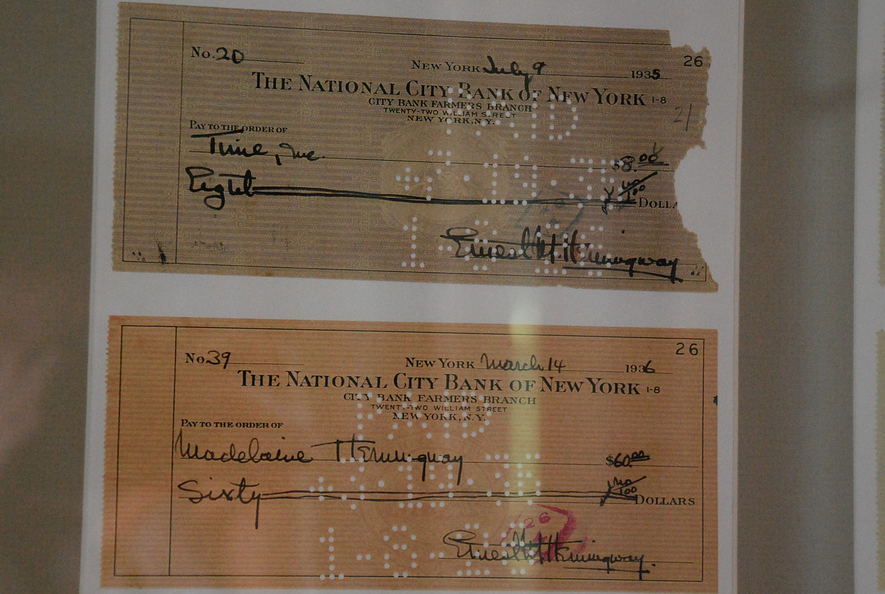Free Checking Accounts Are Vanishing And Consumers Are Letting It Happen

(afagen)
The Wall Street Journal cites a recent survey of 2,890 banks and credit unions of all sizes which found that more than 40% of these institutions do not offer truly free checking to their customers and that this number is trending downward. It hasn’t been this difficult to find a checking account that didn’t require a minimum balance or place limits and restrictions on withdrawals and/or deposits since 2002.
In general the number of checking accounts being offered to consumers has declined by more than half. Meanwhile, there are fewer banks available to consumers now than there have been in all of the nation’s history. So we have fewer banks each offering fewer options for checking.
And some of the banks that do have conditional free checking set requirements that make it difficult for customers with smaller bank balances to avoid fees. Someone making $75,000 a year with no family might not have a problem meeting the $1,500 monthly balance requirement for Bank of America’s most popular checking account, but a customer earning a more modest income — or a customer with a large family to support — may end up having to pay monthly fees because she comes up short on that balance requirement.
Yet in spite of the dwindling number of consumer-friendly accounts available to us, we continue to pump more money into checking accounts — money the banks can use to make loans and earn interest — and many of us do so without expecting anything in return. Around three-quarters of all money on deposit in U.S. checking accounts is not earning any interest for the account holder.
Between 2007 and 2013, the gross value of no-interest checking accounts in the U.S. more than tripled, from $290 billion to $956 billion, as crash-wary consumers sought to hold their money in accounts that was more readily available.
At the same time, regulators clamped down on the fees banks could earn from businesses for processing debit card transactions. The lost revenue would have to be made up somewhere, so many of the larger banks took away debit card and checking account perks and began to squeeze out free checking accounts that attracted customers with low-value balances.
There are still plenty of free checking accounts out there, but many of them are through smaller regional banks and credit unions.
It’s unlikely that the big banks will ever return to offering truly free, unrestricted checking accounts, but consumers can convince those institutions that still offer these accounts to continue doing so by moving their money, or by putting it into interest-earning accounts so that they at least get something in return for allowing the bank to use their deposits.
The vice president of the American Bankers Association once likened checking accounts to riding the train, saying no one expects to be able to ride the train for free.
But that’s a flawed analogy. You’ve already paid the bank by letting it hold onto and use your money for its own gain without asking for anything in return. So tacking fees and requirements onto checking accounts is like going up to passengers who have already paid for their ticket and saying, “We decided we want you to pay more.”
Want more consumer news? Visit our parent organization, Consumer Reports, for the latest on scams, recalls, and other consumer issues.

